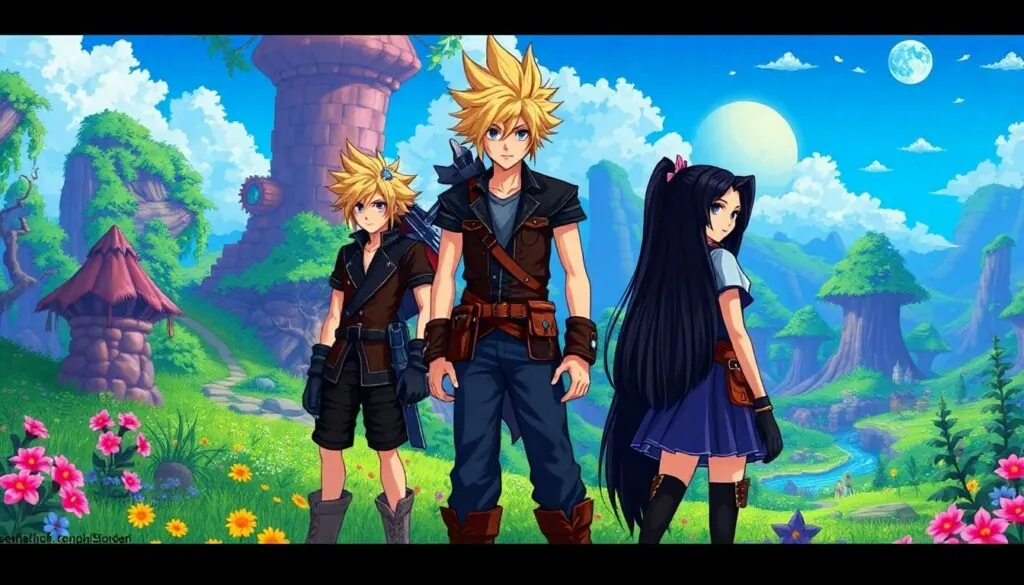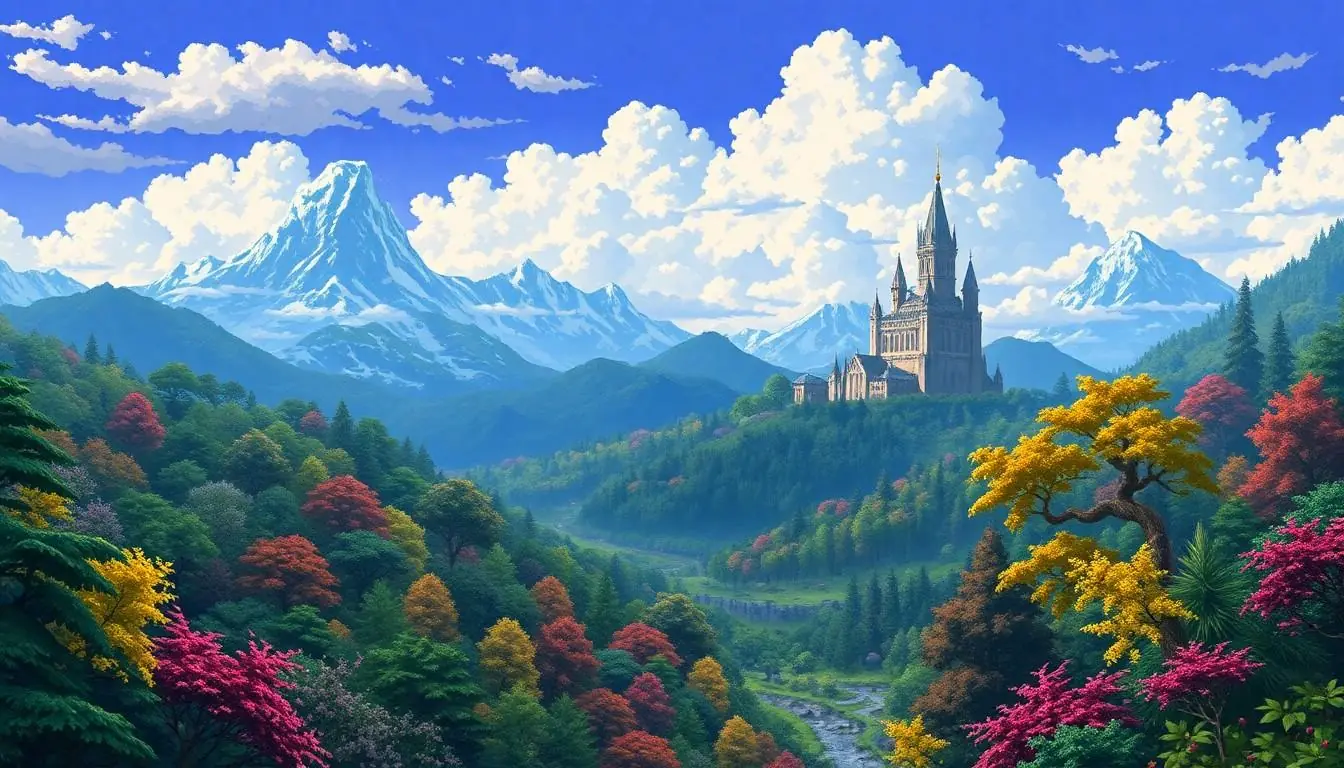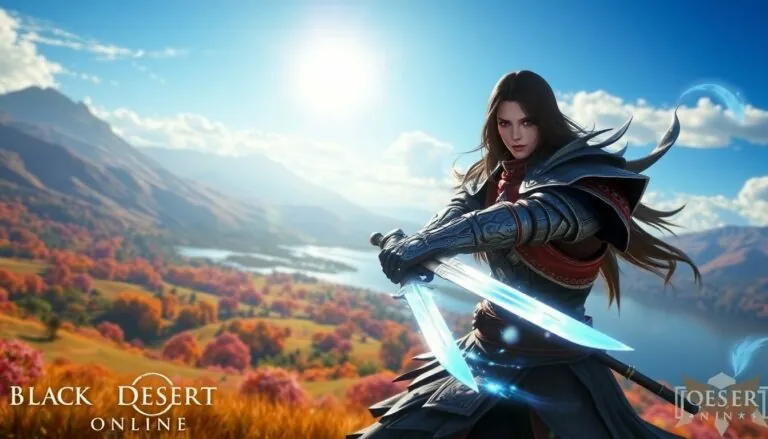In a world where graphics continually push the boundaries of realism, Final Fantasy pixel art stands as a nostalgic beacon for gamers and artists alike. This charming style, with its vibrant colors and blocky characters, captures the essence of classic gaming while inviting a fresh wave of creativity. It’s like stepping into a time machine, where every pixel tells a story and every character is a hero waiting to be discovered.
Table of Contents
ToggleOverview of Final Fantasy Pixel Art
Final Fantasy pixel art captures the essence of early RPG aesthetics. This art style showcases characters, environments, and iconic moments from the series using a limited color palette and simple shapes. Nostalgia plays a significant role in its appeal, as many gamers grew up engaging with these visuals, recalling fond memories of their gaming experiences.
Artists continue to draw inspiration from Final Fantasy games, creating new works that pay homage to the original designs. Pixel art allows for reinterpretation of beloved scenes, adding a modern twist while retaining the classic charm. Many fans showcase their creations online, developing a vibrant community around pixel art.
The technical constraints of pixel art foster creativity. Each pixel becomes essential, demanding careful consideration in character design and scene composition. These limitations often lead to unique and imaginative portrayals of the beloved franchise.
Various Final Fantasy titles feature distinct design elements that influence pixel art interpretations. The chibi-style characters of Final Fantasy IV offer a playful aesthetic, while the more detailed sprites from Final Fantasy VI present a richer visual experience. Artists utilize these differences to create diverse works, making each piece unique.
Incorporating pixel art into fan projects and merchandise demonstrates its enduring relevance. Artists frequently produce prints, stickers, and digital assets, celebrating their love for the franchise. Overall, Final Fantasy pixel art remains a cherished art form that connects generations of gamers and continues to inspire creativity within the community.
The Evolution of Pixel Art in Final Fantasy
Final Fantasy pixel art has seen significant transformation over the years, reflecting innovation and creativity. This evolution demonstrates how the franchise adapts while maintaining its nostalgic roots.
Key Releases and Their Impact
Final Fantasy VI marked a pivotal moment in the franchise, showcasing rich character designs and detailed environments through pixel art. The game’s 16-bit graphics set new standards for storytelling in RPGs. Following that, Final Fantasy VII introduced 3D elements, yet retained pixel art in its original PlayStation releases, such as its pre-rendered backgrounds. This blend created a unique aesthetic that expanded artistic possibilities. More recent titles like Final Fantasy IX embraced retro-style graphics, connecting newer players with the franchise’s history. Each release demonstrates how advancements in technology complemented traditional pixel art, leading to a vibrant legacy.
Artistic Styles Through the Years
Artistic styles in Final Fantasy pixel art shifted, adapting to new technologies alongside evolving player expectations. Early games relied on basic graphics and limited palettes, which fostered creativity in character expression. As consoles advanced, titles like Final Fantasy X showcased 3D models while still drawing inspiration from pixelated roots. Furthermore, indie projects and tribute games often honor the original style, blending nostalgia with modern techniques. Each iteration contributes to a rich tapestry of artistic expression, allowing for diverse interpretations across generations. This evolving style ensures that the franchise remains relevant in both gaming and artistic communities.
Iconic Characters and Designs
Final Fantasy pixel art showcases memorable characters and distinctive designs that resonate with fans. Unique visual styles define each character, contributing to the franchise’s identity.
Notable Pixel Art Characters
Characters like Cloud Strife and Tifa Lockhart stand out due to their iconic appearances. Cloud’s spiky hair and Buster Sword symbolize the series, while Tifa’s martial arts attire presents strength and agility. Other significant characters, such as Terra Branford and Vivi Ornitier, embody the diverse storytelling found within the series. Terra’s dual persona and Vivi’s mysterious background captivate players, cementing them as staples in gaming history. Enthusiasts continue to celebrate these designs through fan art and merchandise, illustrating their lasting impact on popular culture.
Evolution of Character Design
Character design evolved with each Final Fantasy release, reflecting technological advancements and artistic innovation. Initial designs, depicted through limited pixelated graphics, provided a nostalgic charm that resonates with veterans of the series. As 3D technology emerged, characters adopted more complex designs, allowing for deeper emotional expression and personality. Final Fantasy VII redefined expectations with intricately designed characters that blended style and narrative depth. Consequently, subsequent titles maintained this evolution while honoring classic design roots. Pixel art revived in recent projects highlights the enduring appeal of original aesthetics, connecting new fans to the rich history of character design within the franchise.
Techniques and Tools for Creating Pixel Art
Creating pixel art requires the right techniques and tools to translate ideas into charming visuals. Understanding these components enhances the artistic process.
Software Options
Numerous software applications cater to pixel art creators. Aseprite stands out for its user-friendly interface and robust animation features. GraphicsGale offers versatile drawing tools, capturing detailed pixel work. Piskel operates as a web-based platform, making it accessible for all artists. GIMP, although a general graphics editor, has plugins that facilitate pixel art creation. Each option provides distinct features tailored to specific artistic needs.
Tips for Aspiring Artists
Experimentation sparks creativity in pixel art. Start with a limited color palette, as fewer colors can yield striking designs. Use layers to separate elements, allowing for easy adjustments. Focus on clarity; small details may get lost, so prioritize essential shapes and forms. Seek inspiration from classic games, studying how limitations shaped their iconic styles. Share artwork with online communities, gaining feedback and support from fellow pixel art enthusiasts.
Final Fantasy Pixel Art in Modern Media
Final Fantasy pixel art plays a significant role in modern media, influencing various aspects of gaming culture.
Influences on Indie Games
Indie games draw heavily from the pixel art style popularized by Final Fantasy titles. Many independent developers pay homage to the aesthetics that defined early RPGs, inspiring them to create unique pixelated worlds. Retro influence manifests in gameplay mechanics and visual design, reminding players of their nostalgic experiences. Several indie titles incorporate character designs reflecting iconic elements from the series, blending past and present seamlessly. Among these, games like “Celeste” and “Octopath Traveler” showcase how pixel art can convey rich narratives while maintaining a charming, retro aesthetic. Engaging in this style allows indie developers to forge connections with fans of classic games, revitalizing interest in pixel art within modern gaming.
Community Contributions and Fan Art
Community contributions enhance the legacy of Final Fantasy pixel art through vibrant fan art and creative projects. Artists from around the world reimagine beloved characters and scenes, showcasing their personal styles while honoring the franchise. Fan art serves as a collaborative expression, fostering creativity and community engagement. Platforms like DeviantArt and ArtStation house countless works inspired by Final Fantasy, allowing fans to share their passion. Additionally, social media has amplified this trend, where artists can showcase their skills, receive feedback, and connect with like-minded enthusiasts. Participating in art challenges and collaborations fosters a sense of belonging within the pixel art community, celebrating the influence of Final Fantasy across generations.
Conclusion
Final Fantasy pixel art stands as a testament to the enduring legacy of a beloved franchise. Its nostalgic charm and vibrant aesthetics continue to inspire both gamers and artists alike. As new generations discover the magic of these visuals, the connection to classic gaming remains strong.
The evolution of this art form showcases how creativity flourishes within constraints, resulting in diverse interpretations and innovative projects. With the rise of indie games and community-driven initiatives, Final Fantasy pixel art is more relevant than ever. It fosters collaboration and engagement among fans, ensuring that its influence will be felt for years to come.





